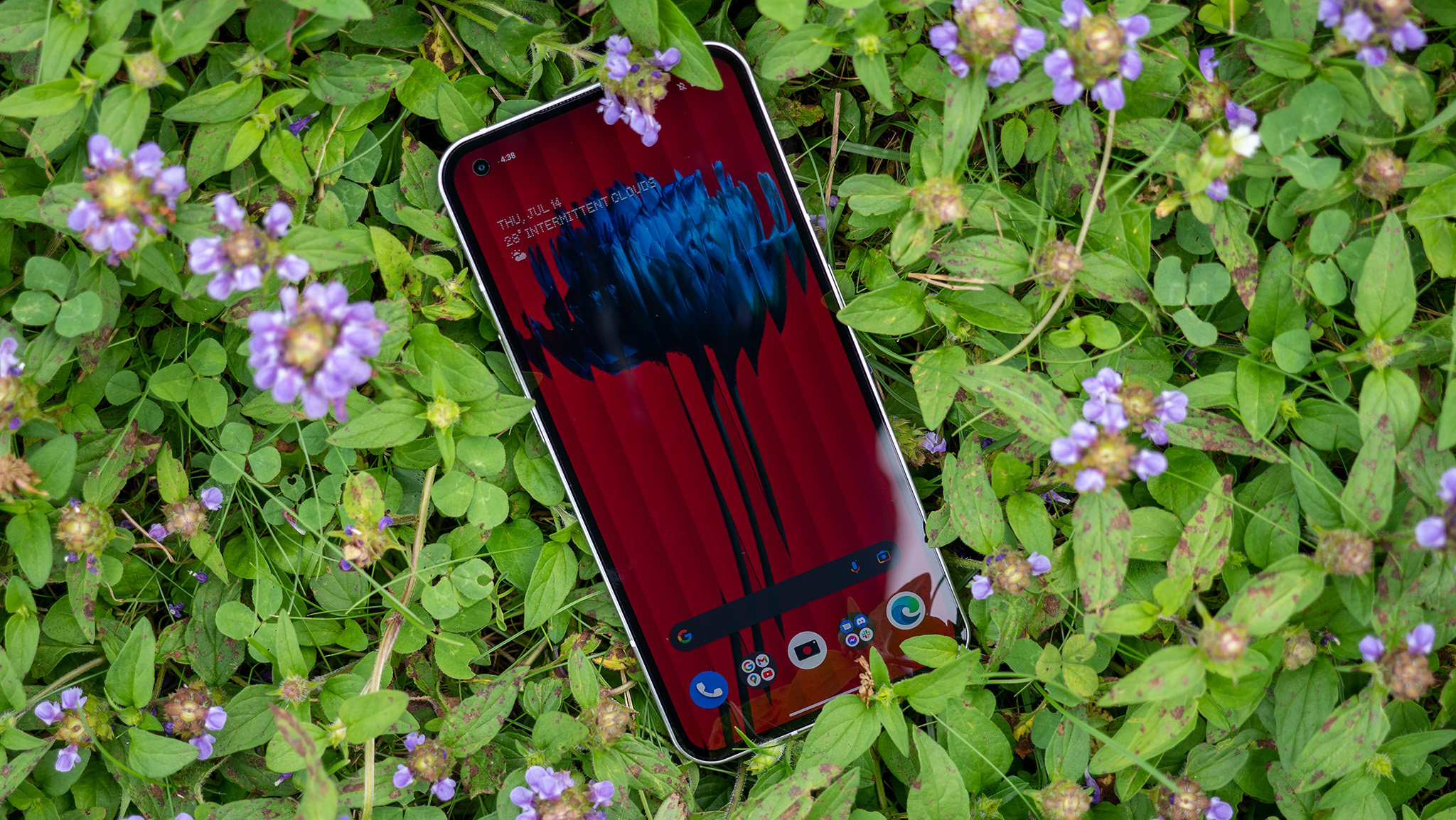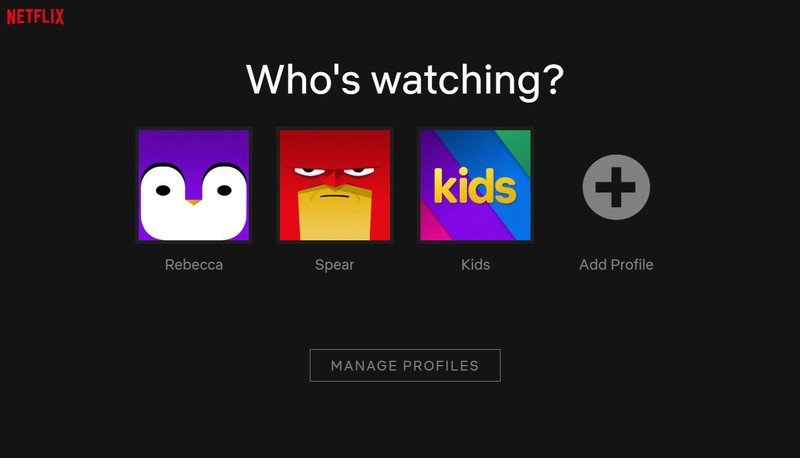Nothing sheds light on the phone (1) screen brightness controversy
The company insists that the original brightness advertised is correct.

What you need to know
- Nothing has clarified why it claimed that the phone (1) has a peak brightness of 1,200 nits despite reports suggesting the opposite.
- The company maintains that the device can reach the original brightness advertised on the hardware front.
- Nothing says software limitations limit the phone's brightness to 700 nits.
Nothing recently dropped the advertised peak brightness of the phone (1) after it was discovered that the handset's screen is only capable of hitting 700 nits as it stands, but the company maintains that the original claim is correct.
The controversy stemmed from Nothing's advertising of 1,200 nits of peak brightness for the phone (1). However, a test performed by German tech site ComputerBase revealed that the Nothing phone (1) could not achieve a brightness higher than 700 nits despite efforts to create scenarios that would cause it to achieve its advertised rating.
Nothing clarifies that this is due to software limitations.
"The hardware is capable of reaching up to 1,200 nits peak brightness, but this is currently capped by the software to 700 nits," a company spokesperson told Android Central. "This decision was made to ensure a balanced user experience regarding heat and battery consumption."
To provide more context, Nothing explained that normal conditions permit a minimum brightness of 500 nits, though this relies on the environment and content being viewed on a device. In addition, a phone can achieve up to 700 nits of peak brightness when "in auto brightness mode under strong light environment," according to the company.
On the other hand, the 700-1,200 nits range is considered a "special mode" that can only be reached through software optimizations.
However, Nothing says this feature is currently unavailable on the phone (1). The company did not say whether it intends to release a software update to fill this gap in the future.
Get the latest news from Android Central, your trusted companion in the world of Android
Regardless, the phone (1) is a strong competitor to the best budget Android phones on the market. The handset recently picked up a few improvements, including better third-party charger compatibility, always-on display enhancements, and a few UI tweaks.
Our own Harish Jonnalagadda touted the handset's battery life, clean interface, cameras, wireless charging capability, and unique design with LEDs on the back.

Jay Bonggolto always keeps a nose for news. He has been writing about consumer tech and apps for as long as he can remember, and he has used a variety of Android phones since falling in love with Jelly Bean. Send him a direct message via X or LinkedIn.
